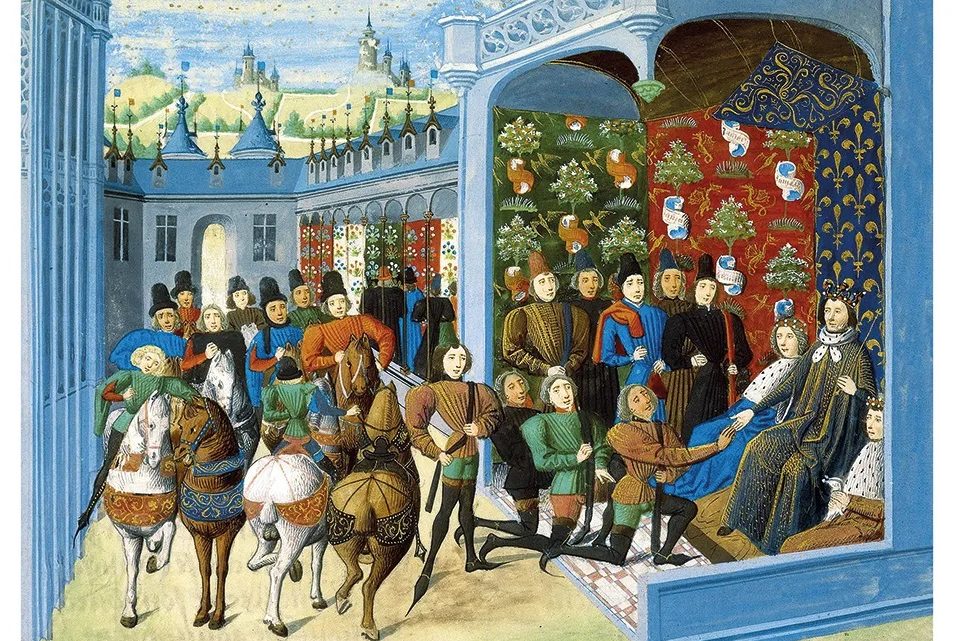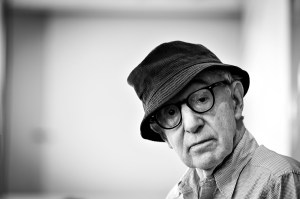The hypochondriac is the butt of jokes. Even his butt is the butt of jokes. A story doing the rounds in the sixteenth and seventeenth centuries concerned a Parisian glassmaker who, believing himself to be also made of glass, fastened a cushion to his buttocks in case they broke when he sat down. His anxiety was mocked by a character in a play called Lingua, Or the Combat of the Tongue: “I am a Urinal, I dare not stirre,/ For fear of cracking in the Bottome.”
The aim of A Body Made of Glass is to take hypochondria, or “illness anxiety disorder,” seriously. But in a moment of levity, Caroline Crampton compares laughing about hypochondria to laughing about farts being made visible “like soap bubbles in the air.” The laughter is the same, she says, because society demands that both our personal wind and what Robert Burton in The Anatomy of Melancholy called the “splenetic hypochondriacal wind,” should be hidden away. Crampton, herself a hypochondriac, at first worried about the windiness of these pages; but “now I just think: I’m glad you don’t know what it is like.”
Before glass became commonplace, it was not unusual for maniacs to think they were made of the strange substance
It was not unusual for maniacs, in the days before glass become commonplace, to think they were made of the same strange substance. Some “glass people,” as Crampton calls them, assumed the form of an object such as an oil lamp, while others, like French king Charles VI, believed that their flesh would similarly shatter on contact. To prevent this from happening, Charles moved with caution and had his clothing reinforced with iron rods. The hero of Cervantes’s novel The Glass Graduate, who buried himself in straw when he went to sleep as though being packed away for a journey, described it as “the strangest madness that was ever heard of among the many kinds by which humanity has been assailed.” The most recent case suffering from the condition, recorded in the Netherlands in 1964, was not concerned that he would break — glass is now largely shatterproof — but that he was invisible. “I’m there, and I’m not there,” he told his doctor, “like the glass in the window.”
What “glass people” have in common, Crampton suggests, is “a dual obsession with their fragility and transparency.” As such, they are a metaphor for hypochondriacs everywhere: “We are breakable. We are baffling. We are ungovernable. We are misunderstood, ridiculed, ignored.” Before she became obsessed with the workings of her body, Crampton had thought of herself simply as “a brain in a jar.” Which is one step away from thinking you are the jar itself.
A Body Made of Glass tells the history of hypochondria from Hippocrates to John Donne, Immanuel Kant, Charles Darwin and Woody Allen. Crampton likes the word because the etymology is so intriguing. Before hypochondria meant a problem of the mind, it denoted an area of the body, hupo meaning under and khondros meaning the sternum. Interesting though this is, the historical information feels like Polyfilla because the subject of the book is really Crampton’s own experience of hypochondria, which began when she was diagnosed with cancer as a teenager. The cancer was cured, but the fear that she was “sharing her body with a dangerous intruder” took over her life.
Seen from the outside, she concedes, hypochondria is a form of narcissism: the sufferer is in love with her symptoms, thinks of nothing else, uses her fears to control friends and family, and has no idea how absurd she sounds when she asks if her “veins look more blue than usual” or whether her “toes have shrunk.” Crampton describes it, however, from the inside, and if she sounds like someone trapped at the bottom of a dark well, we now know what hypochondria is like.
We all, however, learned what it was like during the pandemic, when it was normal to wash your hands twenty times a day, wipe the wrappings of goods, inhabit a state of continual, mind-bending high anxiety and have your brain “constantly knotted in doubt.” Full-time hypochondriacs, being mentally prepared, largely had a good lockdown, writes Crampton.
“The position of hypochondria,” said Freud in 1909, “is still suspended in darkness.” It is curious, Crampton notes, that he did not shed more light on it, given that the root of the condition is the fear of death. Crampton compares hypochondria to PTSD and recommends Cognitive Behavioral Therapy, which focuses on altering destructive thought patterns. She also refers us, as a last resort, to Donne’s “Meditation:” “Variable, and therefore miserable condition of man! This minute I was well, and am ill, this minute.” Alternatively, you could try Tony Hancock: “Hypochondria is the only illness I don’t have.” If all else fails, there’s always Larkin, patron saint of hypochondriacs: “Life is first boredom, then fear.”
This article was originally published in The Spectator’s UK magazine. Subscribe to the World edition here..


























Leave a Reply